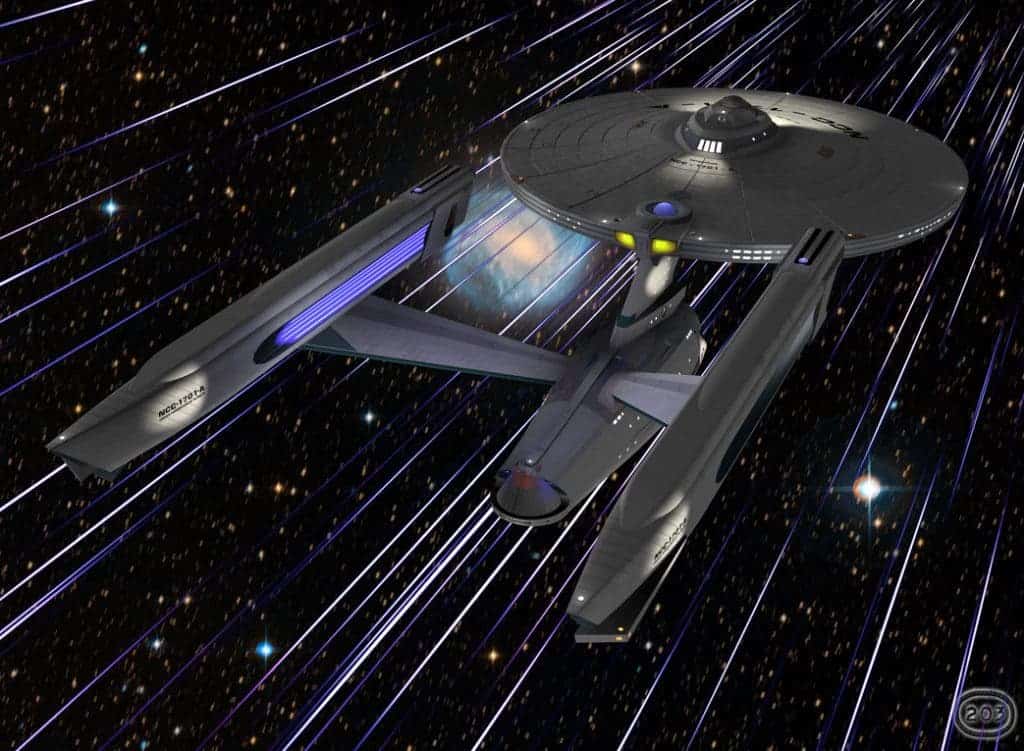A staple of science fiction, high speed space travel between galaxies, the so called warp speed, could one day power us to distant galaxies, says astrophysics professor Geraint Lewis.
Hailing from the University of Sydney, professor Lewis is set to deliver a talk at the National Science Week in the city today, and said the futuristic concept was actually embedded in Albert Einstein’s theory of relativity.
“If you look at the equation that Einstein gave us, it shows you can bend and warp space so you can travel at any speed you like in the universe,” he said. “It’s theoretically possible, but can we ever build a warp drive? We have hints that the kind of materials that we would need exist in the universe, but whether or not we could get them together and build a warp drive, we still don’t know.”
Having such a powerful and fast means of transportation would be key to assure humanity’s unshackling from Earth and colonization of the Universe.
“The big problem we have, the speed of light, while fast — 300,000 kilometres per second — the distances involved are immense, so even travelling at the speed of light, it would take four years to go to the nearest star and 2 million years to go to the nearest large galaxy,” he said. “[These distances] would stop you colonising the universe … so you would need some sort of way to beat that speed limit, and Einstein’s theory of relativity gives it to you.
But to visit distant galaxies, conventional rocket thrusters will not be enough — instead, in order to build a warp drive, scientists need to find a material that has a “negative density energy”.
“It is not a material that we actually have in our hands, but there are signs that there are aspects of the universe that actually have this kind of property,” Professor Lewis said.
“Empty space itself has a negative energy density. The big question is if we could mine it and shape it, we would basically have a warp drive there and then, but we just don’t know if that’s possible.”
While Professor Lewis admitted the concept was theoretical, he points to theories that have started as speculative ideas and became respected, proved theories as time progressed.
“You just have to look at the work of Newton 400 years ago, and even people who work in quantum physics 100 years ago, and those things are real today and they started off as dreams essentially. Einstein’s theory is already a hundred years old, but we have only started to scratch the surface.
His earliest estimate for a running warp drive would be for the next century.










